
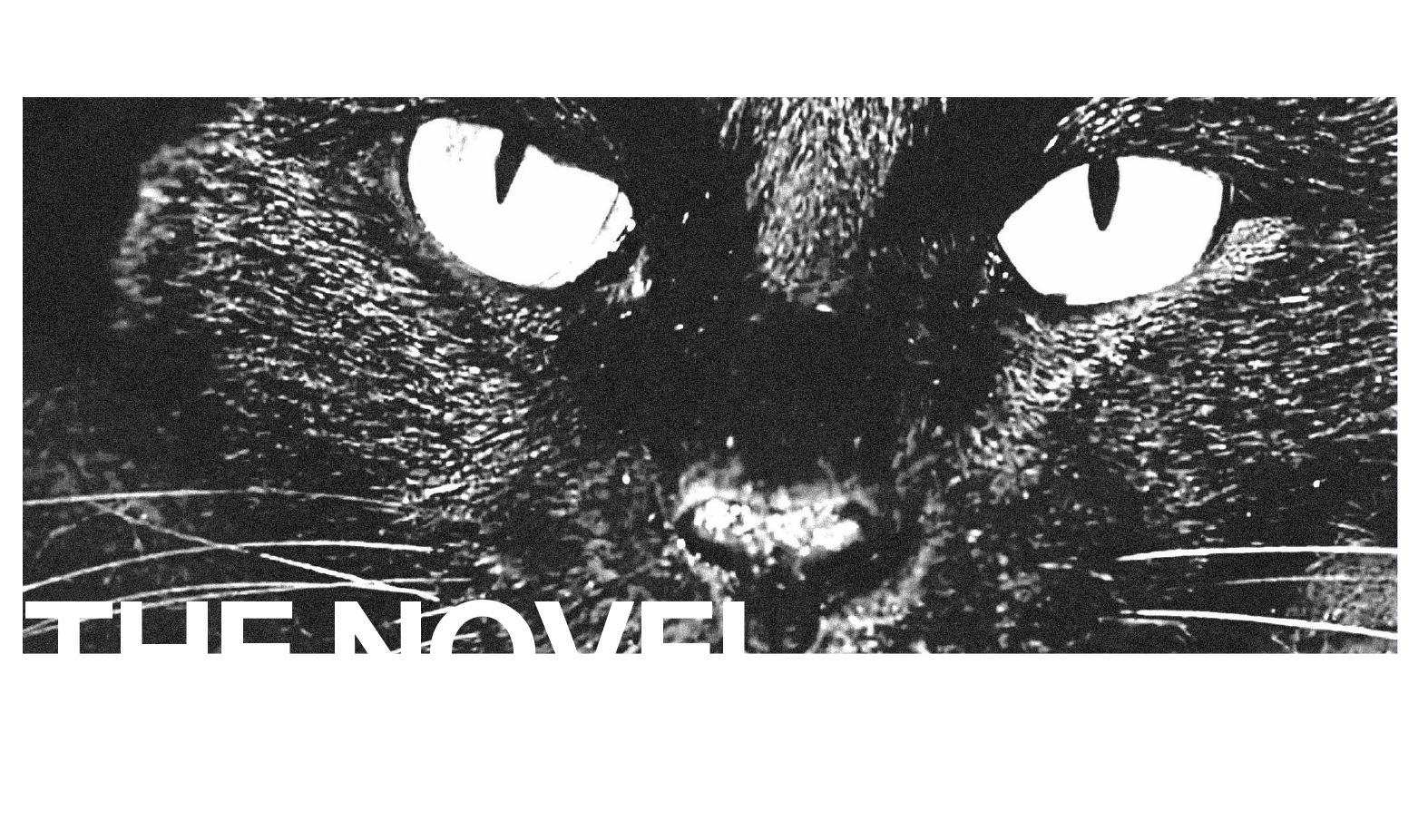
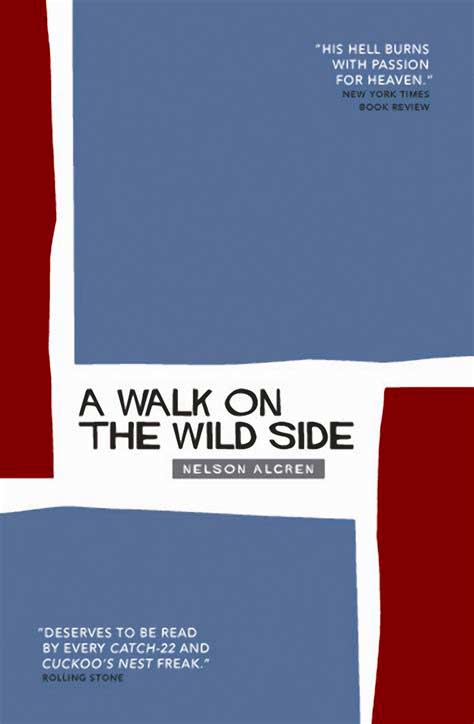
A Walk on the Wild Side is a 1956 novel by Nelson Algren, also adapted into the 1962 film of the same name. Set in Depression era, it is "the tragi-comedy of Dove Linkhorn", a naive Texan drifting from his hometown to New Orleans.
Algren noted, "The book asks why lost people sometimes develop into greater human beings than those who have never been lost in their whole lives. Why men who have suffered at the hands of other men are the natural believers in humanity, while those whose part has been simply to acquire, to take all and give nothing, are the most contemptuous of mankind." It is most often quoted for Algren's "three rules of life": "Never play cards with a man called Doc. Never eat at a place called Mom's. Never sleep with a woman whose troubles are worse than your own.
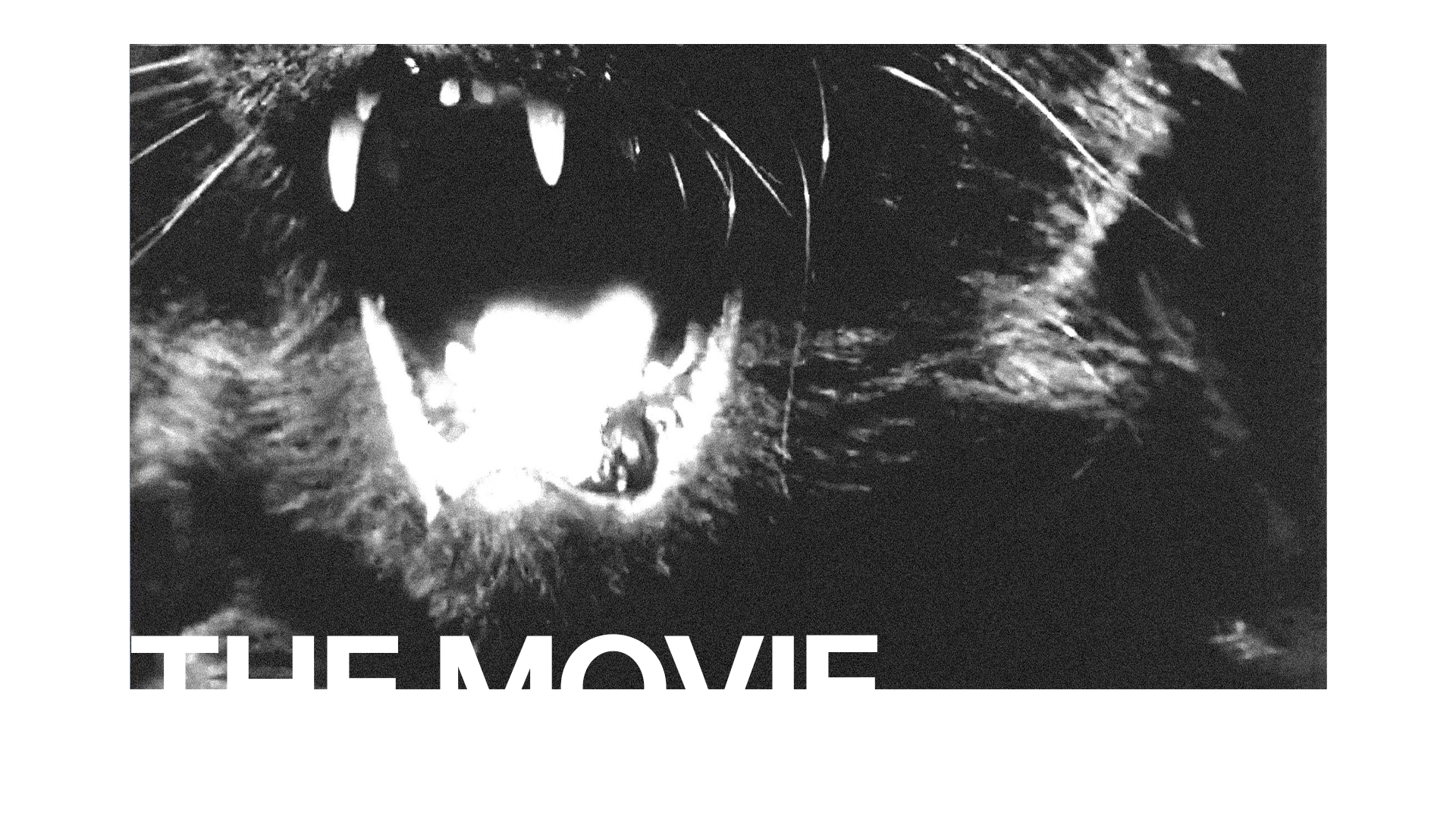

Walk on the Wild Side is a 1962 American drama film directed by Edward Dmytryk, and starring Laurence Harvey, Capucine, Jane Fonda, Anne Baxter and Barbara Stanwyck. It was adapted from the 1956 novel A Walk on the Wild Side by American author Nelson Algren. The film was scripted by John Fante. While it passed its censors, it was an adult film noir with explicit overtones and subject matter. It walks its audience through the lives and relationships between adults (mostly women) engaged in the "business" of commercial prostitution at a stylish New Orleans brothel. The "boss" is Madam Jo (Stanwyck), who combines toughness with a motherly tenderness toward her "girls."
As Life magazine explained, "Jane Fonda portrays a grubby, footloose prostitute....just arrived in New Orleans to live in a fancy house where much of the action takes place....to get approval by the Code Authority and Legion of Decency, the movie changes some of the most evil characters into good ones, and at the end justice triumphs, not Jane."
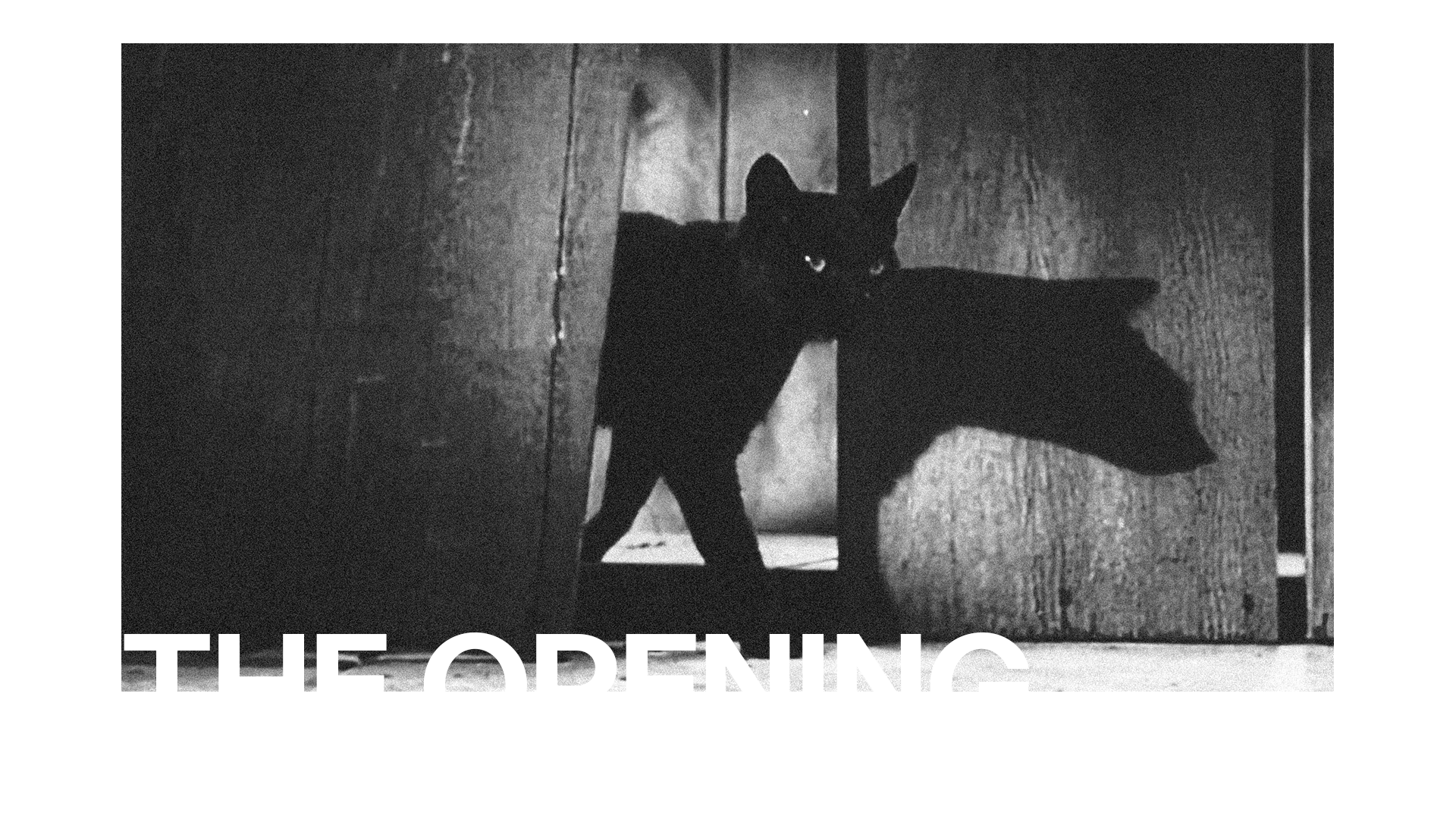

For this film, now regarded as one of the all-time Bass classics, Saul and Elaine decided upon a live-action title sequence starring a black tomcat on the prowl, as a metaphor for the “back-alley conflicts” within a film set in the red-light district of New Orleans during the Depression. Saul described the title sequence thus: “The film’s setting is New Orleans in the early thirties, and deals with the disenfranchised, tough, seamy characters of a despairing time. Symbolic of this is the black cat and its movement through this environment. The title opens with him emerging from a culvert and looking around. We watch him prowl through the back alleys, roam through his territory, meet another cat, an outsider, a quick fight, the intruder scuttles off. The cat resumes his stealthy ‘Walk on the Wild Side.’” The feline eyes and paws keep moving to the bold, sexy rhythm of Elmer Bernstein’s jazz-like score while the credits come and go. When the miniature drama shifts to a staccato-like fight, horns blare out as the cuts occur, in one of the best Bass/Bernstein collaborations.
Saul recalled: “Walk on the Wild Side was one of my very early live-action titles. I decided I would, in this title, try to come to grips with what seemed a challenging aspect of creative endeavor. And that is, to deal with ordinary things, things we know so well that we’ve ceased to see them. And deal with them in a way that allows us to understand them anew. The challenge was how to restore our original view of a cat, when it was new, strange, exotic (perhaps even before our point of memory), and transform it into a pervasive presence. We used various devices. We overcranked. That dramatically increased the size of the cat. The slower the motion, the greater the apparent body and weight, because big cats, leopards, move more ponderously than small domestic cats. Then we closed in on the cat’s paw. Something one never sees ordinarily. Overcranked and close up, the way that paw meets the ground forces you to reexamine the whole notion of what this animal is.”

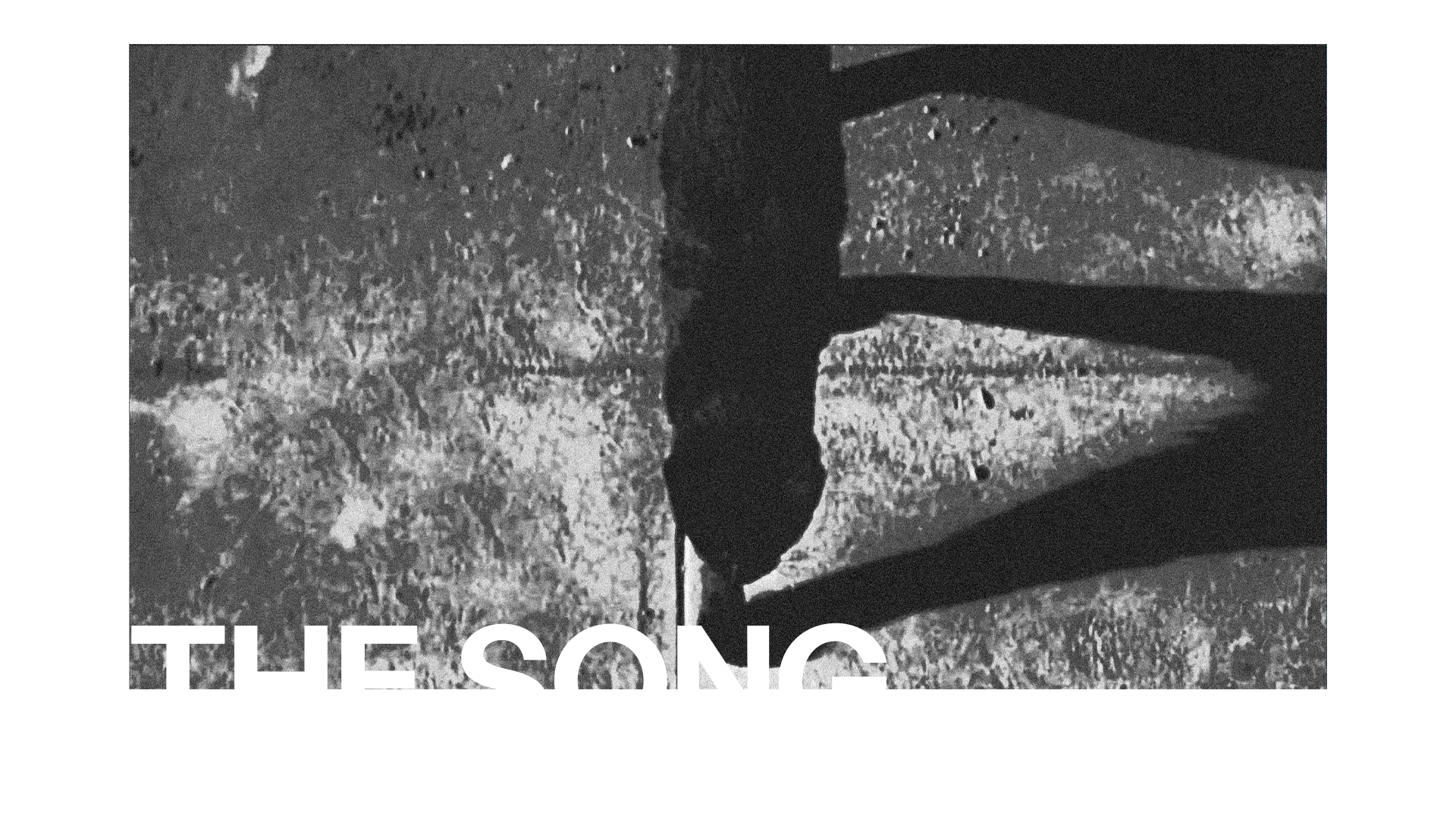
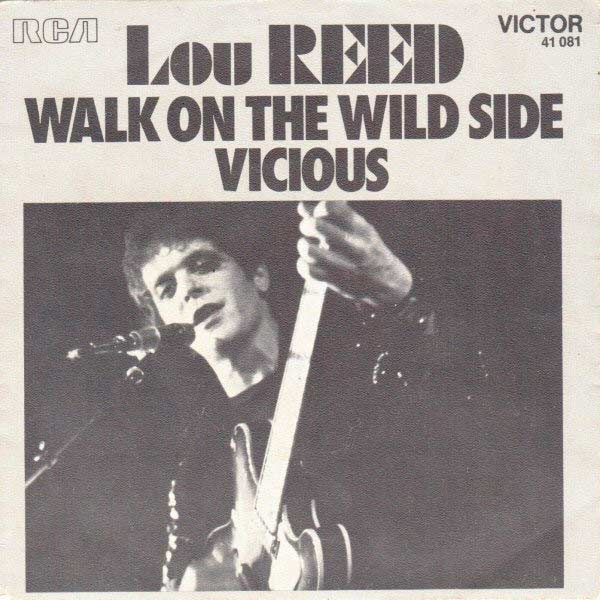
«Walk on the Wild Side» is a song by Lou Reed from his second solo album, Transformer (1972). It was produced by David Bowie and Mick Ronson and released as a double A-side with «Perfect Day». Known as a counterculture anthem, the song received wide radio coverage and became Reed’s biggest hit and signature song while touching on topics considered taboo at the time, such as transgender people, drugs, male prostitution, and oral sex.
The song’s lyrics, describing a series of individuals and their journeys to New York City, refer to several of the regular «superstars» at Andy Warhol’s New York studio, the Factory; the song mentions Holly Woodlawn, Candy Darling, Joe Dallesandro, Jackie Curtis and Joe Campbell (referred to in the song by the nickname «Sugar Plum Fairy»). In 2013, The New York Times described «Walk on the Wild Side» as a «ballad of misfits and oddballs» that «became an unlikely cultural anthem, a siren song luring generations of people...to a New York so long forgotten as to seem imaginary».In 2010, Rolling Stone ranked «Walk on the Wild Side» at number 223 in its list of the 500 greatest songs of all time.
